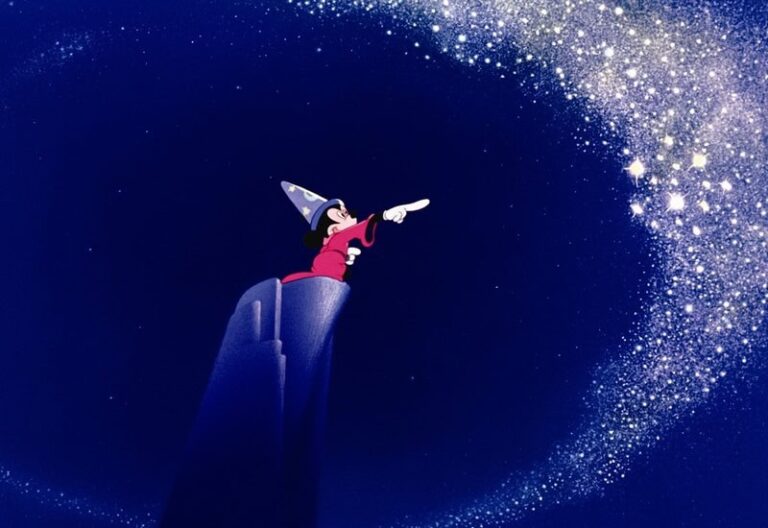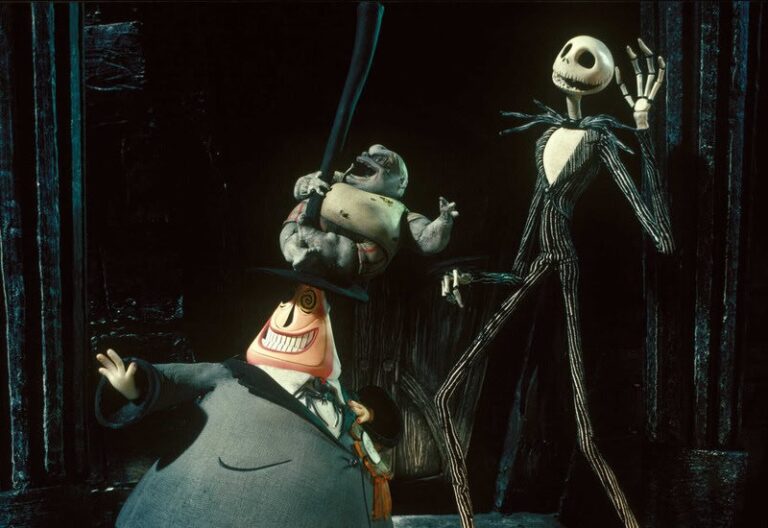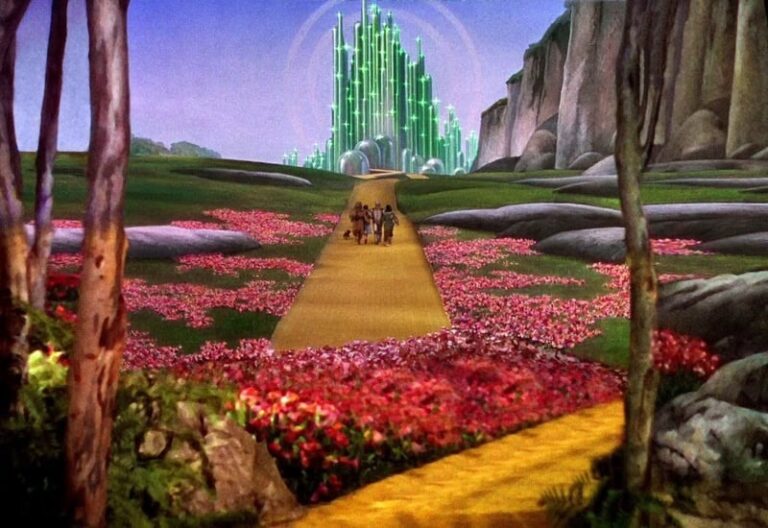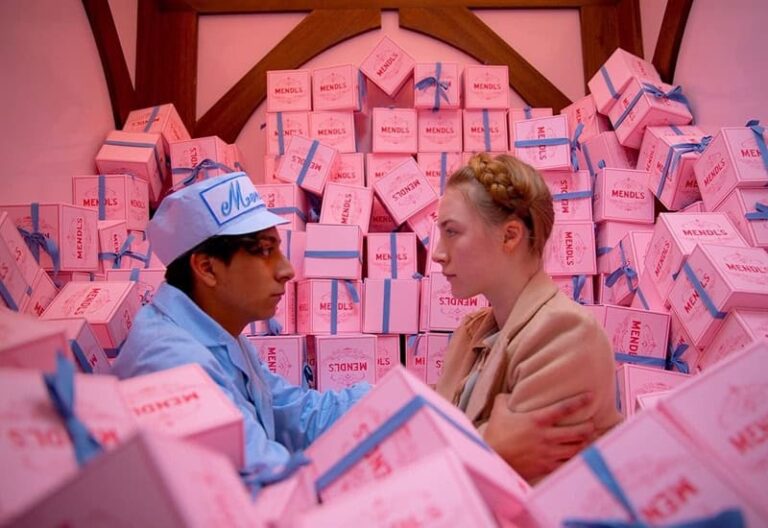what is anime? a gateway to japanese culture
Anime, a Japanese term for animation, has grown from a domestic cultural product into a worldwide phenomenon. With its vibrant storytelling, unique artistic styles, and ability to address both light-hearted and serious themes, anime has become synonymous with Japanese pop culture.
Published by: CinemaWaves Team | Filed Under: Film Blog
Definition and the
Meaning of Anime
At its core, anime refers to any animated work produced in Japan. While the term “anime” itself is simply the Japanese abbreviation of “animation,” in the global context, it has become specifically associated with the Japanese style of animation. The genre is characterized by its distinct artwork, diverse themes, and a wide range of emotional and narrative depth. Anime encompasses various genres, from action and adventure to romance, science fiction, horror, and slice-of-life stories, making it appealing to audiences of all ages. One of anime’s key differences from Western animation is its capacity to handle complex, mature themes, exploring the human condition, philosophical questions, and societal issues, in ways that resonate with both teenage and adult audience.
Development and History of Anime
The beginnings of Anime can be traced to the early 20th century when Japanese filmmakers began experimenting with animation techniques imported from the West. The first recognizable anime was “Namakura Gatana” (The Dull Sword), released in 1917, a silent short film by Jun’ichi Kouchi. It marked the beginning of an era where Japanese filmmakers would adapt Western animation styles while infusing their own cultural elements.
However, it wasn’t until the 1960s that anime truly began to take shape as a distinct form. This was largely due to the work of Osamu Tezuka, often called the “God of Manga.” Tezuka’s creation “Astro Boy” (Tetsuwan Atom) in 1963 was a pivotal moment in anime’s history. It introduce the large-eyed character designs that would become a hallmark of anime, while presenting a serialized format that allowed for character development and more complex storytelling.
The 1970s saw further innovation, with anime branching into new genres like mecha (robot anime) and sports. Iconic titles such as “Mobile Suit Gundam” (1979) laid the foundation for the expansive universe of science fiction anime, while “Star of the Giants” (1968) introduced audiences to sports dramas with a deep focus on character and personal growth.
In the 1980s and 1990s, anime entered its golden age. Notable works like “Akira” (1988) and “Ghost in the Shell” (1995) showcased the genre’s ability to blend futuristic concepts with introspective themes. During this time, Studio Ghibli emerged as a dominant force, with Hayao Miyazaki and Isao Takahata creating masterpieces like “My Neighbor Totoro” (1988) and “Grave of the Fireflies” (1988). These films highlighted anime’s emotional depth, expanding its audience and establishing it as a legitimate form of cinematic storytelling.
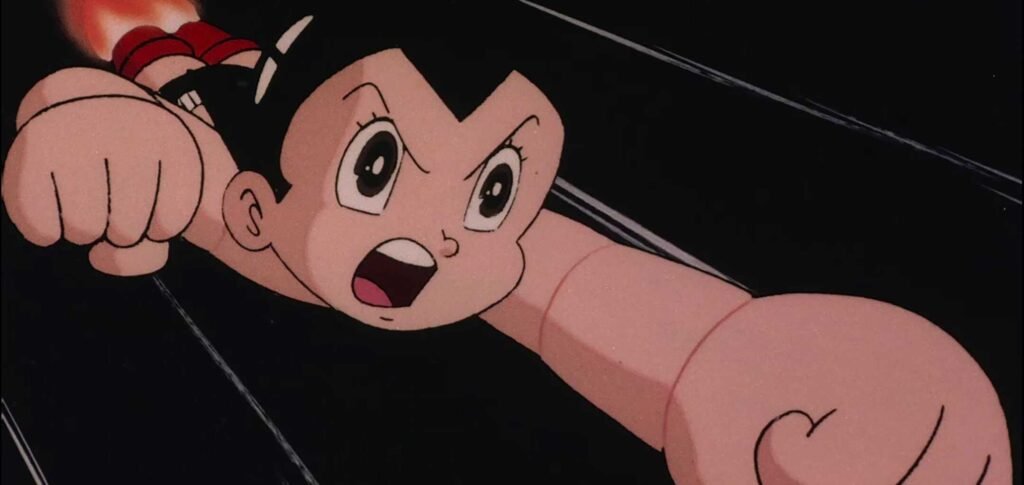
Famous Anime: Titles That Defined Generations
“Astro Boy” (1963) by Osamu Tezuka: This series is regarded as the starting point of modern anime. With its futuristic setting and themes about humanity and artificial intelligence, Astro Boy became a timeless classic and set the standard for anime as a storytelling medium.
“Mobile Suit Gundam” (1979) by Yoshiyuki Tomino: A cornerstone of the mecha genre, itcombined political intrigue with giant robot battles, giving rise to an entire franchise that continues to flourish today. Its influence extended to toy lines, model kits, and even philosophical discussions about war and peace.
“Akira” (1988) by Katsuhiro Otomo: This dystopian sci-fi epic revolutionized anime with its stunning animation and complex exploration of societal collapse and human evolution. Akira was one of the first anime films to gain significant international attention, introducing Western audiences to the sophistication of anime.
“Neon Genesis Evangelion” (1995) by Hideaki Anno: His groundbreaking series blended mecha action with existential and psychological themes. It challenged viewers with its complex narrative and was instrumental in solidifying anime’s intellectual and emotional depth.
“Spirited Away” (2001) by Hayao Miyazaki: A fantasy adventure film that won the Academy Award for Best Animated Feature, a rare achievement for non-Western animation. Its success brought Studio Ghibli and Miyazaki into the global spotlight and affirmed anime’s artistic merit.
“Death Note” (2006) by Shusuke Kaneko: A psychological thriller that captivated audiences worldwide. Death Note follows the story of a high school student who gains the power to kill anyone whose name he writes in a supernatural notebook. This dark and gripping anime explores themes of justice, morality, and power, making it a cultural touchstone that continues to influence anime and media at large.
“Attack on Titan” (2013): Combining epic action sequences with a dark, gritty storyline, Attack on Titan became a global sensation. Its exploration of fear, survival, and human nature captured the imaginations of viewers worldwide.
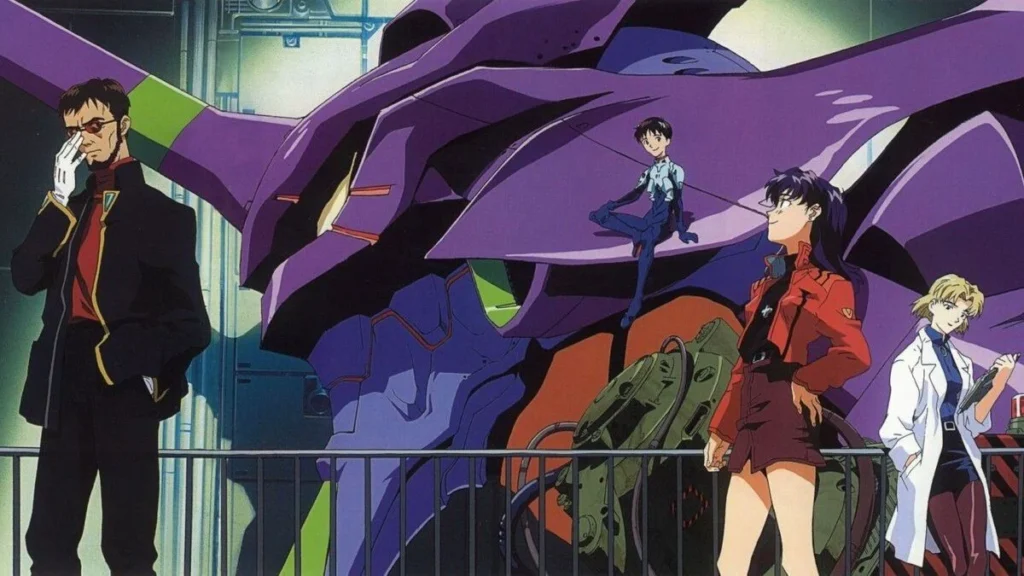
Anime vs. Manga:
The Differences
While both anime and manga are rooted in Japanese culture and tell similar stories, there are key differences between the two mediums. Manga refers to Japanese comic books or graphic novels, typically published in black and white. These comics are serialized in magazines, and popular series can later be compiled into volumes. The pacing in manga tends to be slower, allowing for more detailed world-building, character development, and inner monologues. Readers also have the freedom to control the speed at which they consume the story, making it a more introspective experience.
On the other hand, anime is the animated adaptation of manga or original stories created specifically for television, film, or streaming platforms. Anime brings characters and action to life with movement, voice acting, and musical scores, creating a more immersive experience. However, due to time constraints, anime adaptations often condense plot points, omit certain scenes, or diverge from the original source material. While manga allows for deeper narrative exploration, anime enhances the visual and emotional impact through animation, making it more dynamic and accessible to a wider audience.
Anime in the West:
A Growing Influence
Anime’s influence in the West has grown exponentially over the past few decades. The late 1990s marked a turning point when anime series like “Pokemon,” “Dragon Ball Z,” and “Sailor Moon” began airing on Western television. These shows introduced a generation of children to anime, sparking a cultural shift that would extend into adulthood for many.
The growth of anime in the West can largely be attributed to the increasing availability of home media and streaming services. Platforms like Crunchyroll and Funimation have provided easy access to thousands of anime titles, both classic and contemporary, making anime more accessible than ever. With the advent of Netflix and its production of original anime series, such as “Castlevania” and “Devilman Crybaby,” anime has entered the mainstream consciousness in the West. The popularity of anime conventions, such as Anime Expo in the U.S. and MCM Comic Con in the UK, also highlights anime’s cultural significance.
The Influence of Anime on Global Culture
The influence of anime extends far beyond Japan’s borders, with artists, filmmakers, and creators from various fields have drawn inspiration from the visual and narrative styles of anime. For instance, the Wachowskis, creators of “The Matrix” (1999), have openly cited “Ghost in the Shell” as a key influence on their work, while Guillermo del Toro acknowledged the mecha genre’s impact on his film “Pacific Rim” (2013).
Anime’s unique ability to explore themes like existentialism, identity, and technology in a visually compelling format has resonated with creators in many industries. This has led to anime’s influence being seen not just in film, but also in video games, comic books, and fashion. Japanese fashion brands like A Bathing Ape and Super Lovers, for instance, often incorporate anime aesthetics into their designs, reflecting how deeply the genre has permeated global pop culture.
Anime’s journey from its modest beginnings in Japan to its current global prominence is a testament to its artistic and cultural significance. Its influence on global media, fashion, and pop culture has cemented its place in the entertainment industry, making it more than just a genre – it’s a today’s cultural force.
Refer to the main page for more educational insights on filmmaking and cinema history.
Animation is an ever-evolving art form that has enchanted audiences for more than a century. From the earliest experiments in motion pictures to the cutting-edge CGI of…
Arthouse film refers to a category of cinema known for its artistic and experimental nature, usually produced outside the major film studio system. These films prioritize artistic…
Stop motion animation technique involves physically manipulating objects in small increments between individually photographed frames, creating the illusion of movement…
Technicolor’s origins trace back to the 1915 when Herbert Kalmus, Daniel Frost Comstock, and W. Burton Wescott founded the Technicolor Motion Picture Company…
Short films are a versatile and impactful form of cinema, typically ranging in length from a few minutes to around 40 minutes. They serve as a powerful medium for…
Mise en scène is a French term that means “placing on stage” and encompasses all the visual elements within a frame that contribute to the overall look and feel of a film…

